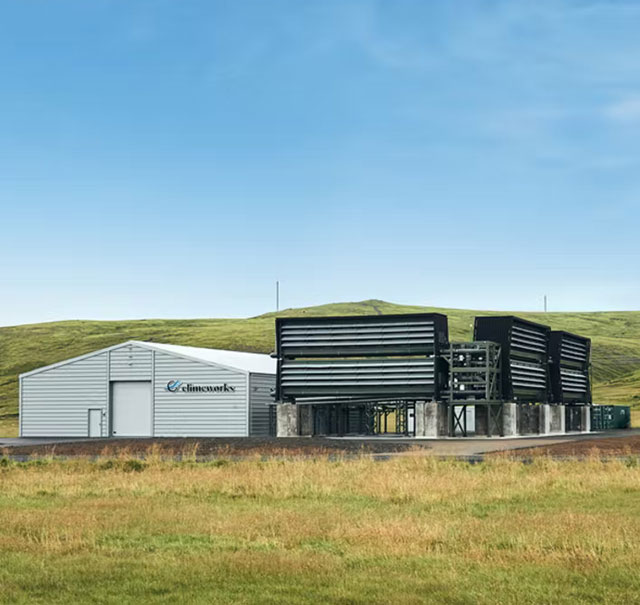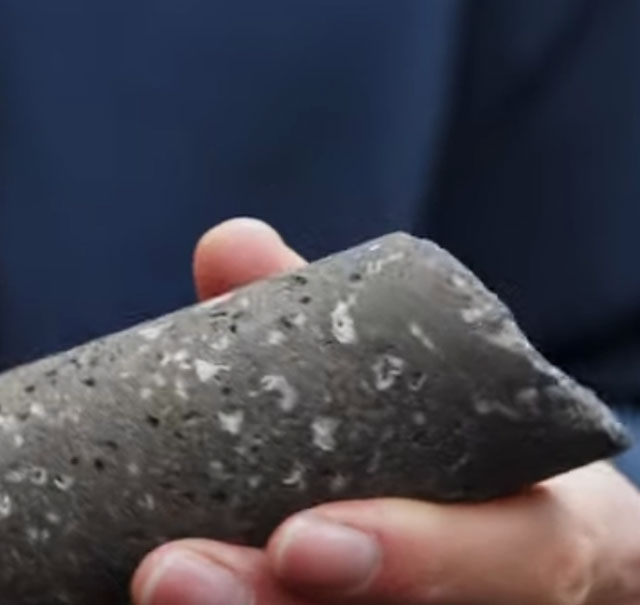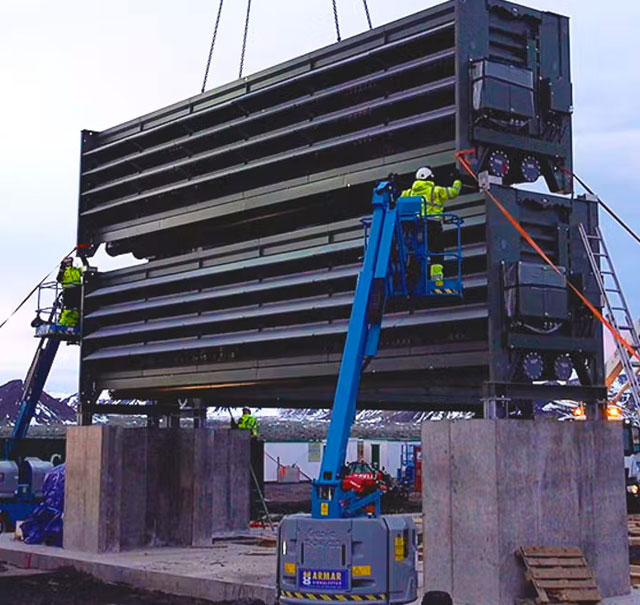Climeworks reverses Climate Change with DAC+S Technology
Vision: Black Factory
The collectors of the Orca plant differ from those of the Arctic Fox pilot plant. The structure of the collectors, the stability of the hardware and the service life of the filter material used were optimized for plant operation at the Iceland site. The goal is to develop a standardized system for filtering CO2 that can function regardless of harsh environmental conditions.
Findings from Previous Project Arctic Fox Implemented for ORCA
Arctic Fox is the precursor to the largest Orca plant in Iceland to date, with a nominal filtration capacity of 50 tons of CO2 per year. The commissioning of the plant served to test the DAC+S technology in the harsh environmental conditions of Iceland and marked the beginning of the partnership with Carbfix for the underground storage of the filtered CO2. The experience gained from the test project is crucial for the implementation of other projects, explains Nathalie Casas:
"The new technology installed in the Orca plant is much more efficient than before, compared to the Arctic Fox project. The structure, the filter material, and the hardware have been optimized and adapted to the climate conditions in Iceland. The air in Iceland, for example, contains a lot of sulfur. Non-ferrous metal components of the silencers at the Arctic Fox plant oxidized within three weeks. Other components, on the other hand, require protection during prolonged snowfall. Findings like these allow for adjustments that reduce risks and vulnerability to failure when building more plants."

Process data from the Orca plant is collected using sensors. Measurements include temperature, pressure, valve data, quality of treated CO2, weather data, energy consumption and functionality of the sorbent.

Climeworks Focuses on Remote Control and Maintenance
Process control software is used in the Orca plant. Sensors monitor various measured values as well as the condition of the components used. Detailed monitoring enables predictive maintenance. The remote control functionality is to be expanded in the future, explains Nathalie Casas:
"The Orca plant is the first of its kind, which is why there are still employees stationed on-site to observe. However, the control is done from Switzerland. The goal is to operate the plants as black factories. This means that there will be no staff on-site and control will be completely remote. For this reason, the OPC UA data communication standard is being tested in laboratory environments. This is to be used for control in the next plant."
The Hellisheidi site in Iceland offers renewable geothermal energy sources and underground basalt rock layers for CO2 storage – two of the most important framework conditions for DAC+S.
Scaling of the DAC+S Solution
Over the next few years, Climeworks intends to increase the capacity of its plants by a factor of five to ten every two to three years. At the same time, the machine for CO2 filtration will be further optimized, explains Nathalie Casas:
"The development of PTX projects will continue, but plants like Orca are clearly the focus of development work. The machines, plants and process components are designed in a modular way, so that it is easy to replace or insert certain parts, depending on whether or not it is feasible for the particular site. This applies, for example, to modules for heat and energy recovery in the plants' CO2 collector system."






